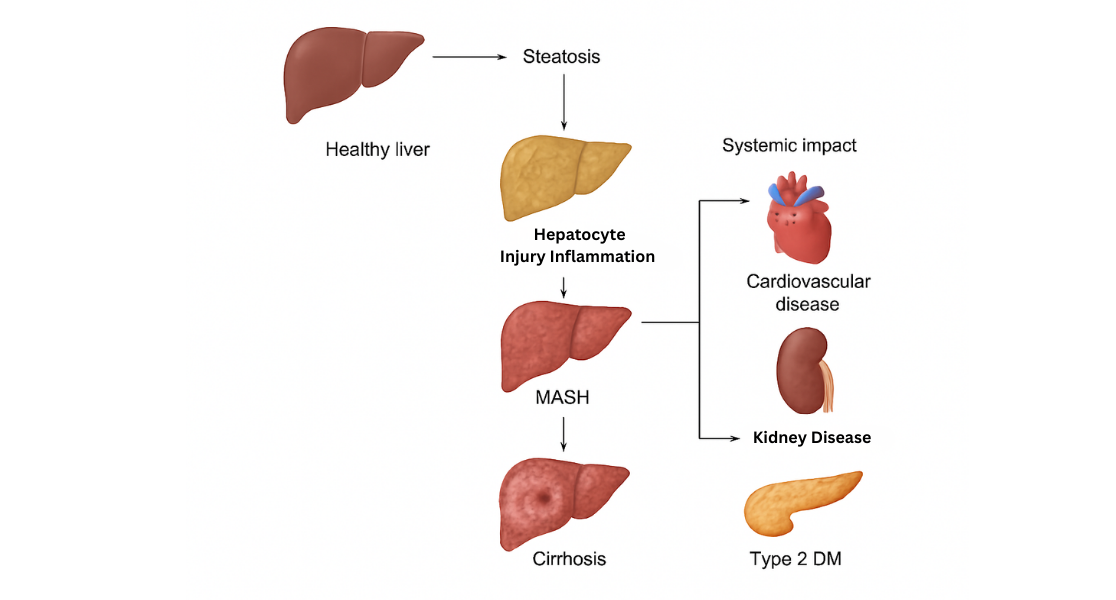Introduction
Your neck is more than just a bridge between your head and shoulders—it’s a powerhouse of mobility, strength, and balance. Without it, simple actions like nodding, looking up at the sky, or scrolling through your phone would be impossible. If you ignore them, you risk stiffness, posture issues, and even long-term spine damage. But you can enjoy pain-free movement, improved posture, and stronger muscles for years to come if you do the right neck extension and flexor exercises. Let’s dive into this detailed guide on the extension of the neck and its counterpart, flexion, with everything you need for stronger, healthier neck movement.
Understanding the Basics of Neck Movements
1- What is Neck Flexion?
The act of bending your chin toward your chest is called neck flexion. It happens every time you look down at your phone or tie your shoelaces.
2-How does neck extension work?
The opposite of neck extension is tilting your head back to look up. Controlled neck extensions keep your muscles strong and your spine aligned.
Difference Between Flexion and Extension of the Neck
The front of your neck gets shorter with flexion, while the back gets active with extension. Together, they maintain harmony and balance in your cervical spine.
The Role of the Cervical Spine
The backbone of these movements is formed by seven cervical vertebrae. They allow both neck flexion and neck extension while protecting your spinal cord.
Anatomy Behind Neck Flexion and Extension
1-Skeletal Structure Supporting Movement
Your cervical spine pivots, ensuring that neck flexion and extension are free of nerve compression. The primary muscles responsible for bending the neck are the sternocleidomastoid and the deep neck flexors. Strengthening these through targeted neck flexor exercises plays a key role in improving and maintaining proper posture.
2-The muscles involved in extending the neck
During neck extensions, the trapezius, splenius, and erector spinae dominate. Strong extensors prevent slouching.
- Ligaments, Nerves, and Discs
- Ligaments stabilize, discs absorb shock, and nerves send signals to keep movements smooth.
Everyday Importance of Neck Movements
1-Examples of Neck Flexion in Daily Life
Neck flexion remains constant whether you are looking at a book or nodding “yes.”
2-Neck Extension in Daily Life Examples
Looking at stars, drinking water, or watching a bird fly involves neck extension.
How Balanced Neck Movement Affects Posture
Poor posture is caused by excessive flexion without extension, like in the tech neck. That’s why a mix of neck extension exercises and flexion stretches is essential.
Benefits of Practicing Neck Flexion and Extension
- Reducing Pain and Stiffness
- Gentle neck extensions loosen tight muscles.
- Enhancing Balance and Self-assurance
- Neck flexor exercises reverse forward head posture, making you look taller and confident.
- Increasing Blood Flow to the Brain
- Flexion and extension of the neck stimulate blood circulation, keeping your brain energized.
1-Enhancing Work Productivity
- Good posture reduces fatigue during work.
- Preventing Sports Injuries
- Whiplash and concussions are less common in athletes with strong necks.
- Better Sleep and Relaxation
- Balanced flexion and extension help reduce night-time stiffness.
Common Issues with Neck Movements
Stiff Neck from Tech Use
Constant neck flexion from using a phone for hours causes stiffness.
Symptoms of Flexion Pain
Poor technique during neck flexor exercises may strain muscles.
- Pain During Extension of Neck
- Excessive backward bending can pinch nerves.
- Dizziness or Headaches
- Rapid neck extensions may compress arteries.
1-When to Seek Medical Help
Persistent pain despite exercises requires a doctor’s visit.
Neck Extension Exercises for Better Mobility
- Gentle Backward Tilt Exercise
- Sit tall and slowly tilt backward for a beginner-friendly neck extension exercise.
- Neck Extensions While Sitting is ideal for restoring mobility for desk workers.
- Resistance Band Neck Extension
1-Wall-Assisted Neck Extensions
- Yoga Poses for Neck Extension
- Cobra pose and fish pose enhance safe neck extensions naturally.
2-Strengthening Exercises for the Neck Flexors
- Chin Tucks (Training for Basic Flexibility)
- The gold standard for posture correction.
- Isometric Neck Flexion Hold
- Strengthens without requiring movement—ideal for rehab.
- Supine Neck Flexion Exercise
- Lying flat, lift your head toward your chest for controlled neck flexion.
- Stability Ball Neck Flexion
3-Challenges one’s balance and endurance
- Pilates Neck Flexion Series
- Pilates offers slow, precise neck flexor exercises for deep strengthening.
- Step-by-Step Safe Practice Guide
- Warm-Up Before Exercises
- Before performing neck extension exercises, reduce injury risk with neck rolls and shoulder shrugs. Breathing and Posture Control
- Never hold your breath while performing neck flexion.
- Avoiding Overextension and Strain
- Push only to a comfortable limit during the extension of the neck.
- Using Support Tools for Beginners
- Resistance bands, cushions, or walls provide safety.
- Neck Flexion and Extension in Sports and Fitness
- Weightlifting and Bodybuilding
- Heavy lifters must strengthen extensors with neck extension exercises.
- Combat sports and martial arts. A strong neck reduces injury during blows.
- Runners and Endurance Athletes
- Breathing becomes more efficient when there is a balance between flexion and extension.
Yoga and Pilates Enthusiasts
Flexion and extension balance is central to posture-focused workouts.
- The Neck and Ergonomics
- Tech Neck and Desk Job Stress
Proper Positions for Sitting
To lessen stress, the monitor ought to be placed at eye level.
1-Correct Sleeping Positions
- Avoid pillows that overextend the neck.
- Mini-Workplace Neck Flexor Exercises
- Quick stretches during breaks save your posture.
Facts and myths about how the neck moves
1-Is Cracking the Neck Dangerous?
Occasional popping is fine, but don’t force during neck extensions
2-Do Neck Extensions Hurt the Spine?
No, when controlled, neck extension exercises strengthen rather than damage.
3-Can bending the neck cause dizziness?
Yes, but only if done too aggressively.
4-Is Stretching Enough for Neck Health?
No, strength from neck flexor exercises is equally important.
Therapy and assistance from professionals
- Physiotherapy Programs
- Customized neck extension exercises restore mobility.
Chiropractic Treatments
- Alternatives, such as acupuncture and massage
- Massage helps circulation while acupuncture relieves stress and tension.
- Medical Imaging and Diagnosis
- X-rays and MRIs can detect deeper cervical issues.
Tips for a Stronger Neck in Your Life
1-Habits of Daily Stretching
Daily stiffness prevent by 5 minutes of neck flexion and extension
2-Nutrition and hydration
With enough nutrients and water, muscles stay strong.
3-Management of Stress for Relaxing the Neck
The shoulders and neck become tense as a result of stress.
4-Preventing Long-Term Injury
Regular neck extension exercises and posture awareness keep problems away.
Conclusion
Your neck deserves as much attention as any other muscle group. Whether you’re doing neck flexor exercises for posture or neck extension exercises for mobility, consistency is key. You can lead a pain-free, self-assured, and healthier life by employing ergonomic principles, balancing your movements, and practicing safe techniques.
FAQs
1. What are the best exercises for beginning neck extensionists?
Gentle backward tilts and wall-assisted neck extensions are ideal.
2. Can neck flexion help reduce a double chin?
Yes, controlled neck flexor exercises like chin tucks tone the muscles.
3. How often should I train neck flexors?
Depending on your fitness objectives 3–5 times per week.
4. Can too much extension of the neck cause damage?
Yes, overextension may cause pinched nerves.
5. What’s the difference between flexibility and strength training for the neck?
Flexibility prevents stiffness; strength from neck flexor exercises prevents injuries.
6. Are neck extensions safe for older adults?
Yes, if done gradually and gently.
7. Can poor posture be reversed with daily neck flexor exercises?
Definitely—regular chin tucks and neck flexion restore alignment.
8. Should I do flexion and extension every day?
Yes, as long as movements are gentle and controlled.
9. Is dizziness normal after neck extension?
Mild dizziness may happen, but constant dizziness requires medical attention.
10. Do athletes need more neck training than regular people?
Yes, strong necks reduce the risk of sports-related head injuries and concussions.










